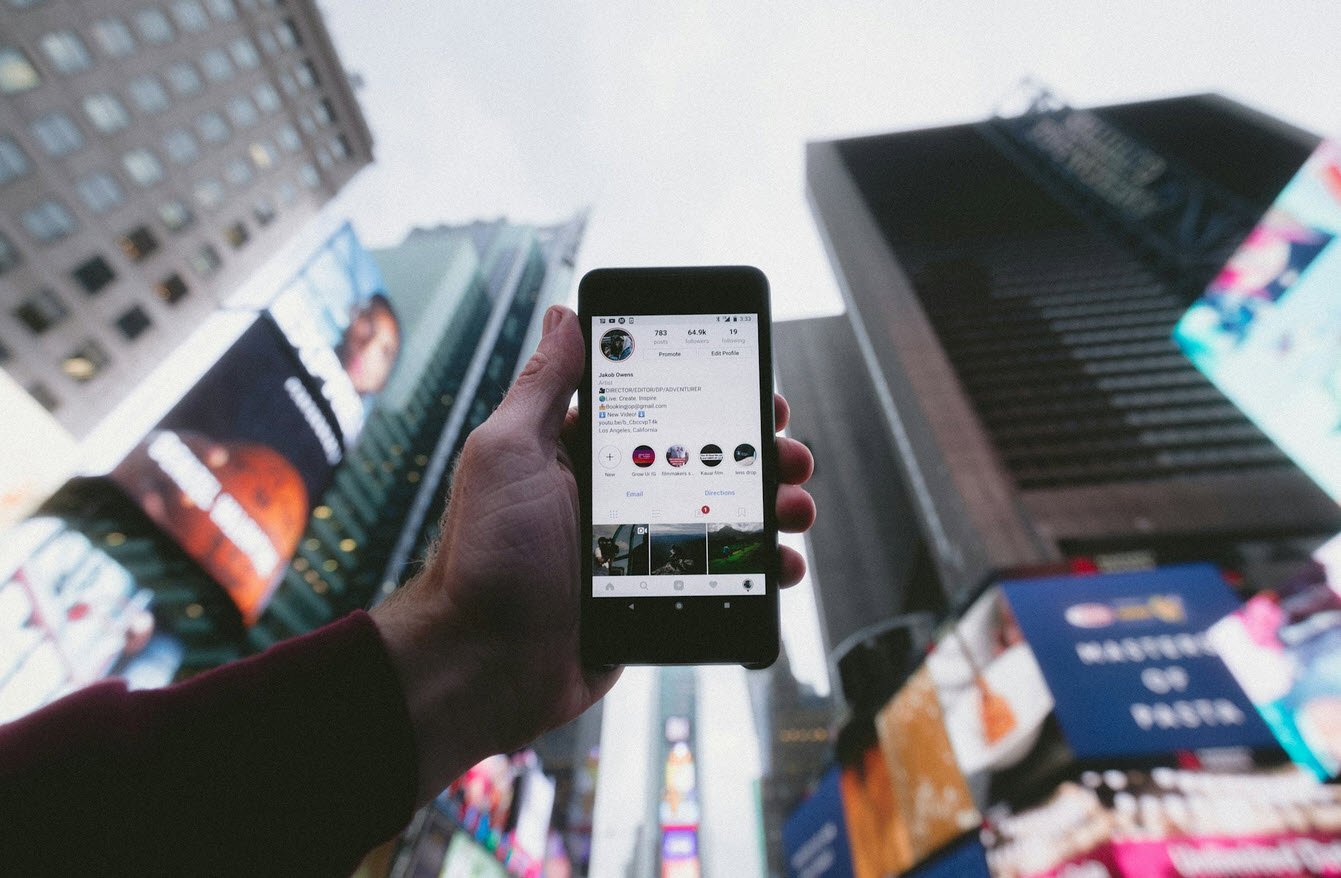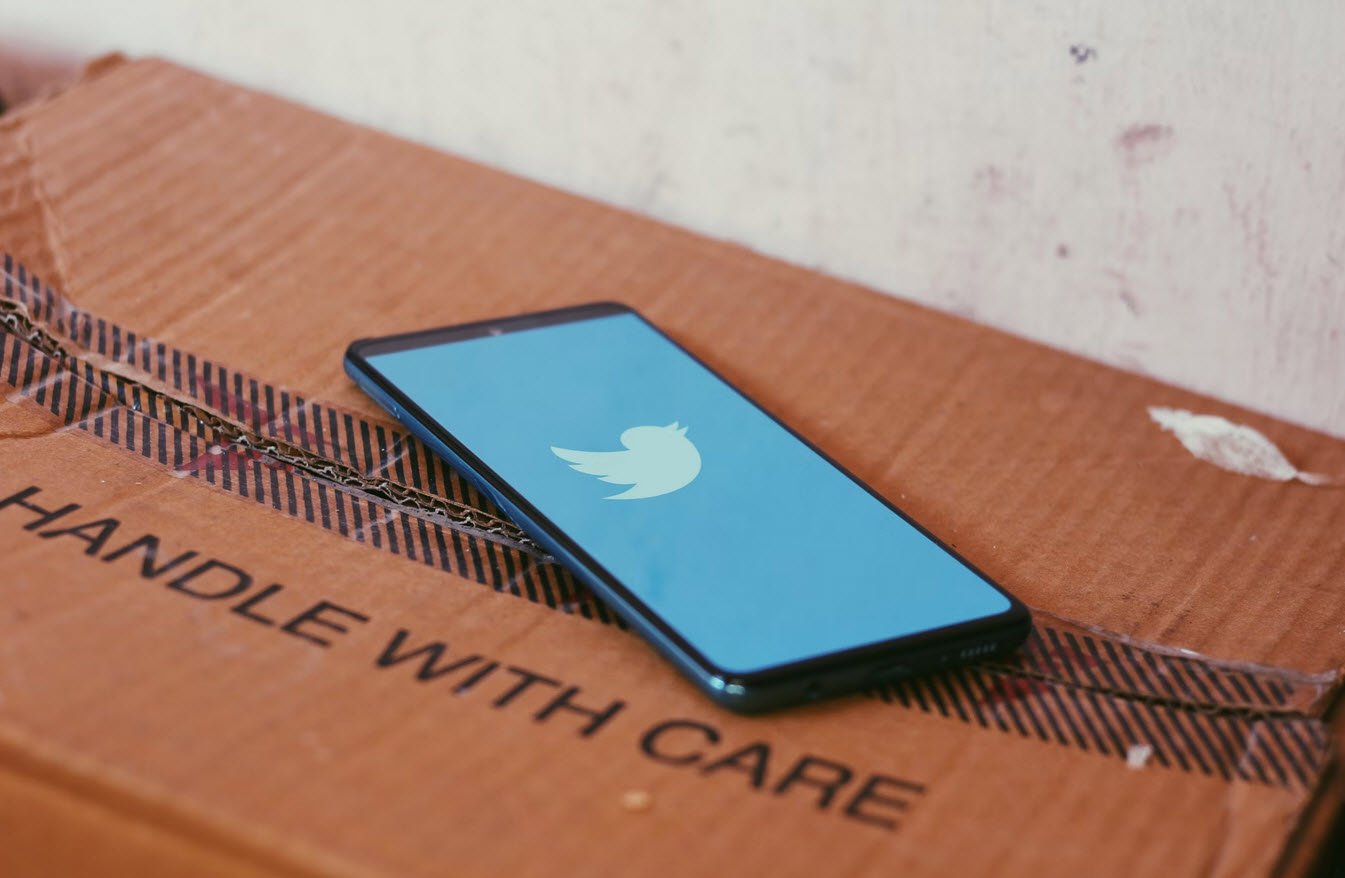19 Proven Posting Strategies For Social Media – 2022 Update
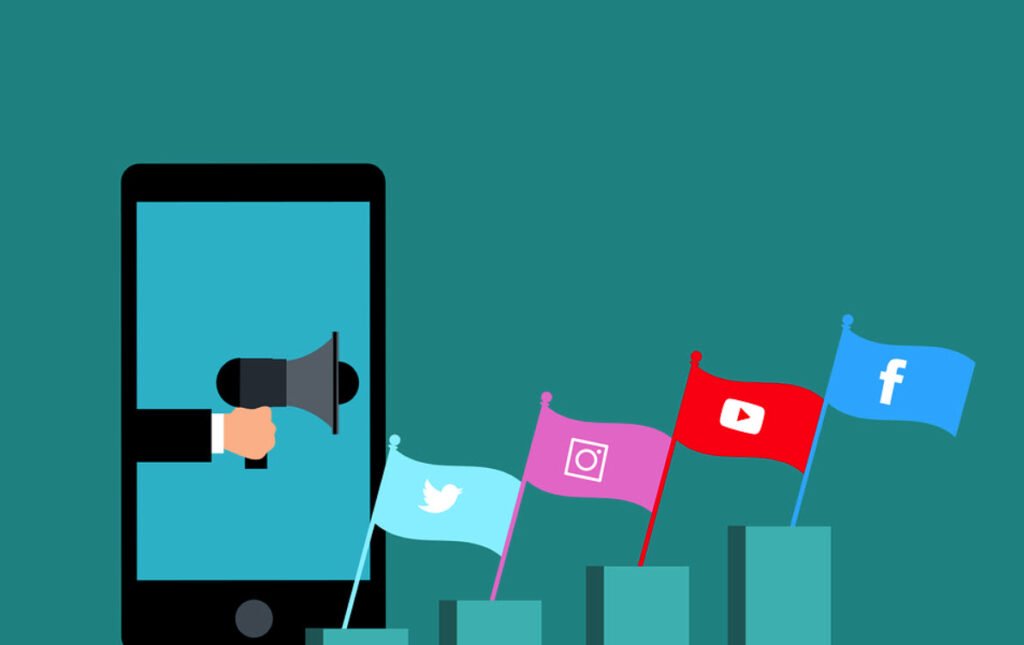
In this article, we’ll look at a variety of proven posting strategies to help your social media strategy thrive. You could easily drive all the traffic on the internet to your social media accounts, but if your content is horrible, then it’s all for nothing. All you’ll have is a good number of visitors who are not benefiting your business in any way. That’s why you must go out of your way to create such high-quality content for your social media audience.
The following content strategies are generalized in a way that applies to the majority of social networks covered in this article.
- Ask Questions and Start Discussions
- Tell Your Story
- Emotional Attachment
- Use Breaking News
- Promote Products and Services
- Good Visual Presentation – Images/Videos
- Brand Your Images
- Make Images Powerful
- Share a Special Offer/Discount Code/Upcoming Event
- Show Customers Enjoying Your Products and Services
- Show off Product Features
- Share Inspirational/Motivational Content
- Share Hints, Tips, and Tutorials
- Show Behind the Scenes
- Highlight Your Charitable Side
- Share Popular Memes
- Build Presentations for Slideshare
- Experiment With Animated GIFs
- Host Contests on Social Media
1. Ask Questions and Start Discussions
Get to know your fans and give them a chance to get to know you by posing questions and starting discussions. These questions can be about a product or event related to your business, a quick trivia quiz, or just about the wider world.
The types of questions that work best include those about preference
- Do you prefer product X or product Y?
- What’s your favorite flavor of ice-cream?
- Opening our second Canadian store this month – guess where?
- If you could live anywhere in the world, it would be _______.
- What do you like to do for fun?
- If you could change the world, what would you do?
- What’s the most useless advice you have ever received?
- What’s your lucky number?
Even just ending a status update with “do you agree?” or “what do you think?” is enough to encourage people to get involved.
The simplest question can be useful in achieving impressive levels of engagement provided that the subject captures the attention of your audience, particularly if it takes little or no effort to respond. As well as a simple text post, this strategy can be combined with (or implemented within) a powerful image – keep reading for more information.
Interestingly, where you ask the question in a status update also affects engagement rates. Posing a question at the end of a post – compared to somewhere in the middle where it can easily get ignored – can increase engagement by up to 15-20%.
2. Tell Your Story
Every brand and individual has a story to tell, whether through text or through visuals; we’re hard-wired to react and respond to a compelling tale. Use social media as a destination where fans can get to know you and your brand much better than they can simply through viewing the products or services that you sell; make it a place where your voice, personality, and authenticity can shine through. Interesting and engaging topics of conversation to cover include why you launched your company, your achievements (and failures, and what you learnt from them), what motivates you, and the people and events that inspire you. In essence, show customers that you share their thoughts and ideals, and become a brand that they want to emotionally invest in, which will eventually lead to loyalty and sales.
Furthermore, Instagram Stories are used by 500 million unique users every day and One third of the most viewed Instagram Stories come from business accounts.
Also Read: 10 Tips for a Successful YouTube Channel
In addition to your own stories, your customers or clients will always have fun and interesting stories about how you and your product or service fit into their lives, so encourage them to share their views with you (through text, photos, and videos), so that you can feature them as part of your content strategy.
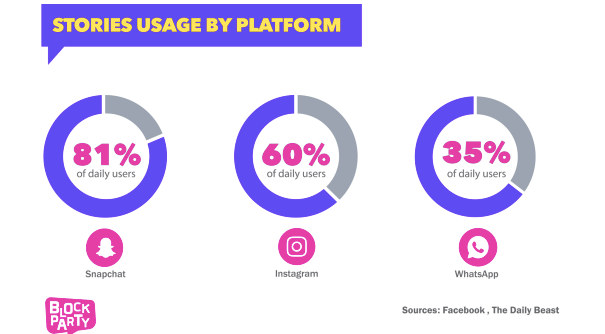
Doing so will excite and please the customers in question, encourage them to spread the love about your brand, help to build a stronger community around your product or service, and also act as strong social proof to others about how your brand positively impacts people’s lives.
3. Emotional Attachment
One of the most effective ways to influence social media followers into connecting with you on a social and emotional level is to position your brand as an authority – a source that they can trust and respect, and with whom they can rely on for the information or experience they desire.
One of the best ways to do this is to dig into the problems you solve and demonstrate your expertise. By this, we don’t mean you should start boasting about how good your product is at solving “Problem Z” at every opportunity; instead, be a valuable beacon of information within your field or industry.
For instance, if your company sells antique furniture polish, you might publish posts to explain why it is so important to keep aged items in good condition, share recent example and statistics about antiques that have sold for high prices due to their pristine preservation, and provide hints and tips about best how to treat different kinds of wood.
4. Use Breaking News
If you are able to weave hot, newsworthy topics into your social media posts, it can add a relevance and credibility to your output that will endear you to fans by showing you as a brand that is at the forefront of new trends within your industry.
Use tools like Google Alerts (http://www.google.com/alerts) to be notified of breaking stories when they happen, or sites like BuzzSumo to hunt down trending tweets and topics related to almost any subject.
Some of the most viral posts on social media are linked to one-off dates or celebrations throughout the year. Holidays like Christmas, Black Friday, Thanksgiving, Easter, Mother’s Day, Father’s Day, Halloween, or special days like St. Patrick’s Day etc. are feel-good occasions and easy to create content for, e.g. wishing your fans a happy time, sharing a fun fact, asking a holiday-related question,
Note: When you do use the above strategies, it is important to do so in the right manner, and with appropriate tact. Avoid hijacking popular cultural events for the sake of it, and try to do it in a way that doesn’t come across as blatantly opportunistic.
5. Promote Products and Services
Although the majority of your social media marketing content should not be overtly promotional, selling your product or service is ultimately what you’re there for, and customers do realize that.
Assuming that your brand-to-customer relationship is good and the rest of the social media content you post is valuable, they will tolerate the odd post to tell them about a new product or service, or a sale or offer that you are starting – heck, they might even appreciate you letting them know!
An easy way to balance out your social media output in a way that will keep you on the good side of your customers, and one a lot of brands already use, is the 80/20 rule.
It states that you should post non-promotional content 80% of the time, and reserve the other 20% for being more promotional. Even within this 20%, there is a broad spectrum of approaches, from subtle to more overt selling, depending on how you believe your audience will react.
Note: Where sales and offers are concerned, one approach to keep customers on side is to make certain promotions exclusive to people loyal enough to follow you on social media; e.g. extra 5% off for quoting a code posted on your Facebook Page, or a surprise flash sale for people who spot a tweet from you.
6. Good Visual Presentation – Images/Videos
Images are the most popular type of content shared by social media users, so it stands to reason that you should give them a lot of attention in your own content strategy – and where brands are concerned, there are real benefits in creating unique visual posts.
Research shows that social media images are much more likely to be associated with positive emotions than text posts, and brand promotion via images is much more accepted than if by text. Online tools such as Canva now make the creation of beautiful visual content easier than ever.
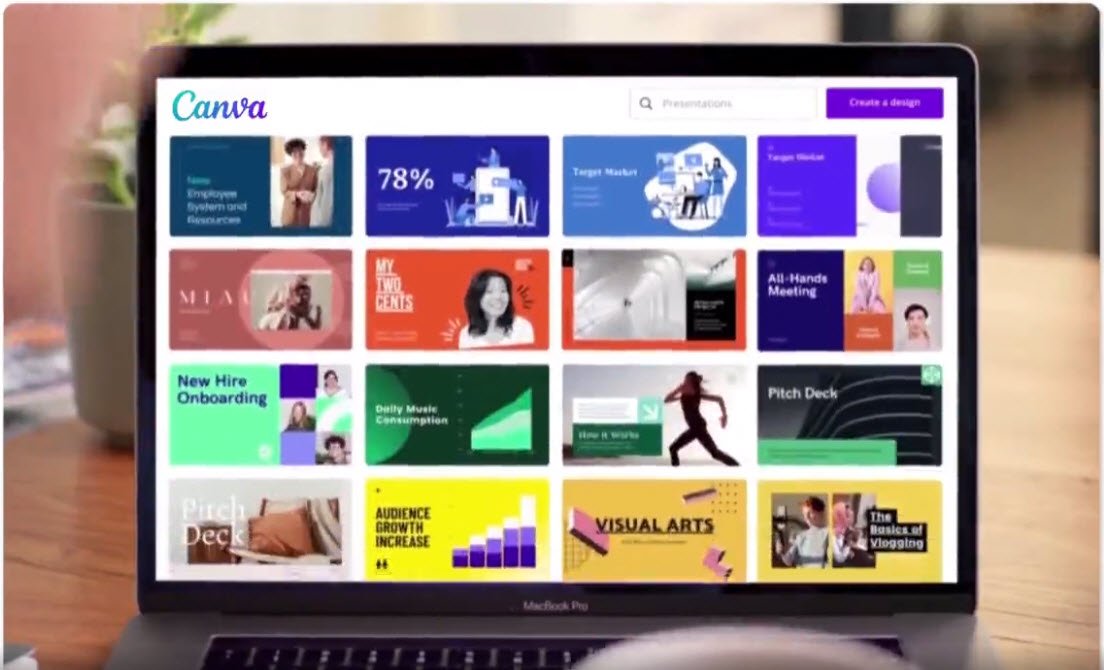
If you wanted to, you could crank out dozens of visuals per day. With this in mind, try not to fall into the trap of creating snazzy visuals for the sake of it, or at the detriment to your central marketing message.
Note: Video content is now a huge part of the social media mix too, and many of the following strategies can very easily be adapted to work in video form for multiple channels including Facebook, Twitter, Instagram, and of course, YouTube.
Physically shooting photos or building your own original graphical images is always the best option for visual content on social media, but time and budget constraints make this impossible for most brands to execute one hundred percent of the time.
Luckily, there are a ton of online tools to find and edit photos and graphics, either completely free or for a small fee. Where free photos are concerned, some of my favorite sources for free images include Pixabay, Unsplash etc. For reasonably priced stock images, Shutterstock is my go-to destination.
As for graphics, freepik is my first port of call to look for free stuff.
Note: Each social network has its own specific best practices for image sizes, but the general rule of thumb for any visual content is bigger is always better. The social networks will automatically resize your images as needed: there is no quality loss when the image is scaled down, but there will most certainly be if an image needs to be blown up. For simplicity’s sake, sticking to the following measurements should cover you for nearly all of your visual needs: 1280 x 720 pixels for landscape images, 735 x 1102 pixels for portrait images, and 900 × 900 pixels for square images.
7. Brand Your Images
In order to help your fans learn to instinctively recognize your visual content when it appears in their news feeds or is “stolen” from the social network you originally posted to, it is critical to brand your images effectively.
This can be achieved in one or more ways combined, such as adding a logo/watermark, website URL or Twitter handle, and using a consistent color palette, photo filter, and fonts to reflect your brand personality.
The colors, filters and fonts used in your images will strongly affect how people perceive your brand on social media, so choose them with care, considering what kinds of feelings you want each piece of content to evoke, e.g. bright and cheery, serious, nostalgic, etc.
8. Make Images Powerful
The best images to use on social media are ones that catch the eye, inspire curiosity, entertain, spur emotion, or broadcast a gripping message. It doesn’t really matter if the image shows an experience related to your brand or not; the important thing is to help reinforce the kinds of emotions you want customers to associate with your company.
9. Share a Special Offer/Discount Code/Upcoming Event
People love special offers, and images are a great way to highlight them in a bold and imaginative way – whether it’s the launch of a season-long promotion, a one-off event, or a week where each day brings a new deal. Compound an image’s impact with accompanying text that includes a link for fans to access the offer/get more information, a time limit that will add a sense of urgency, and a call to action that will drive click-throughs.
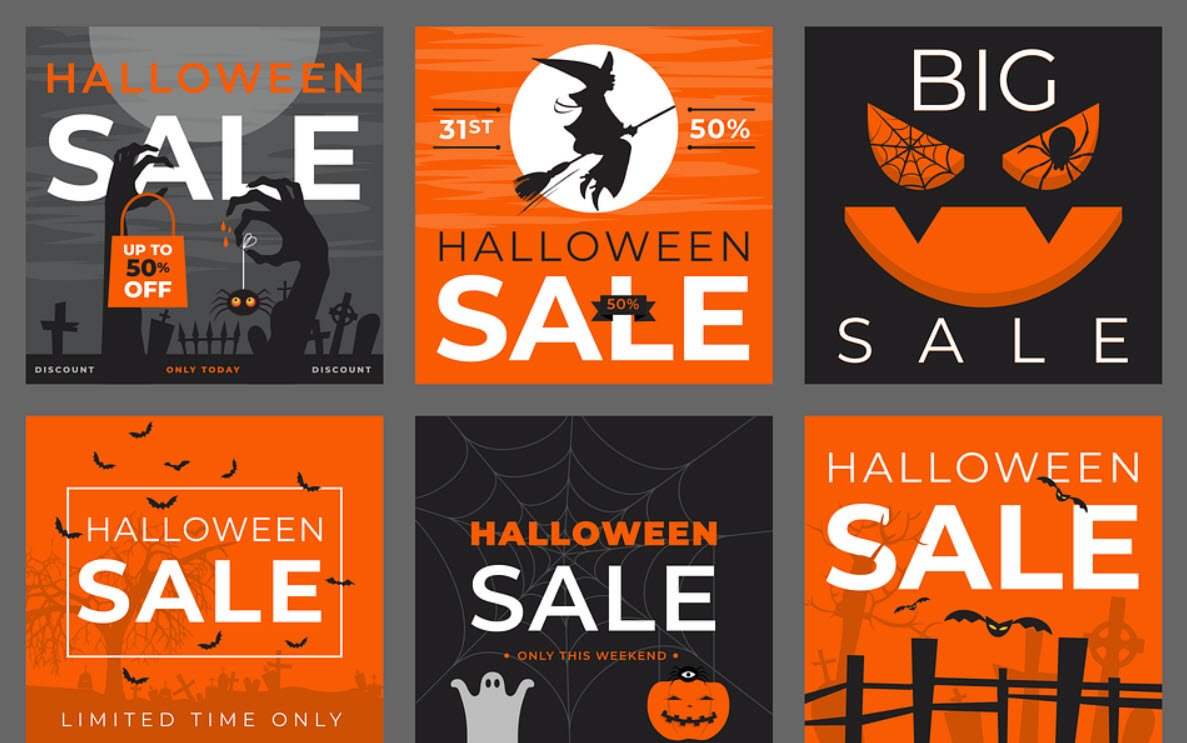
Where upcoming events, products and services are concerned, make a point of regularly highlighting these moments on social channels, and to continually differentiate yourself from the competition. Where relevant, make a point of accompanying such images with words like “new” and “limited time only” to convey your brand as fresh and forward-thinking, and to pique the curiosity of your customers.
10. Show Customers Enjoying Your Products and Services
There is no greater form of social proof than customers showing others how much they are enjoying your product or service, and doing it with an image is extremely powerful way of converting people into customers because it helps people associate positive emotions with your brand, whether the photo is snapped by you or – even better – user-submitted.
Smartphones make it extremely easy for people to snap and share experiences with your brand as they happen, so encourage your customers and fans to do just that when they are at your premises, out and about, or at home.
Actively encourage customers to tag or mention your profile in updates containing photos, so that when you are notified you can easily save and share the user-generated image on your brand’s profile page. Unify these types of posts with a hashtag that you can track across all platforms to hunt down more customer-generated content, and even add a subtle link to the product or service in question, if you think your audience won’t mind.
Note: As a quick and powerful aside to your social media efforts, include customer images on the product pages of your website for top notch social proof. Include instructions with your product (on the packaging, confirmation email, etc.) to let customers know how to tag you on Facebook, Instagram, etc., then use a website plugin to have the images automatically appear on your site.
11. Show off Product Features
People viewing and buying products online don’t have the ability to examine them as they would in real life, so high quality product images with added details are extremely important to social media marketing. Add annotations to an image of a product or service to show off features that might not be immediately obvious,
While infographics render well in Twitter and Pinterest feeds, do not upload and post a full infographic image to Facebook because it will be shrunk, squashed and be almost impossible to read. Instead, select a square portion of the infographic, cut it out, and post this to Facebook along with a link and a call to action to encourage people to click through to your website, Pinterest profile, etc. to view the infographic in full.
12. Share Inspirational/Motivational Content
Two types of image posts that often perform well on all social media are inspirational and motivational quotes. As well as their tendency to stir a deep emotional response, they are also highly shareable, so target your quotes to relate to the mindset of your customer.
Nostalgic photos with a text overlay work similarly in the way that they strike a chord of a shared experience within us, often from our childhood. Subjects for these might include historic images of your target audience’s city or neighborhood, or dusty old snaps that relay the heritage of your brand. And of course, everyone on social media loves a funny image – uplifting and shareable.

The following are some very broad guidelines for creating strong examples of each type of image. With repetition and consistency, your fans will learn to tie the emotions they feel when viewing these images of your brand, product or service:
- Motivational images: items or landscapes that inspire optimism and positivity; strong sans serif fonts that capture attention and reinforce authority (capitalize words to create emphasis); bright and vivid filters to compound impact of your words. Often, the best kind of inspirational content arrives in the form of case studies, customer testimonials and stories of your own failures and challenges.
- Nostalgic images: Choose a retro, relatable, interesting snap of your company, your community, etc., ideally several years old; hand-written, narrow fonts are wistful and memory-laden; match your filter to the occasion or season, e.g. bright and over-exposed for summer. Tie nostalgic images to a popular hashtag like #tbt (Throwback Thursday) to add some extra clout and shareability.
- Funny images: Images that are created to entertain don’t have to be directly related to your products or services, but should appeal to your target audience in order to be successful. Match the font type to the tone of the humor, e.g. serif for playful, sans serif for dry; use warm tones and filters. Highly shareable, they can work by transforming your company into a relatable, more personable entity.
13. Share Hints, Tips, and Tutorials
Offering hints and tips to your customers is a great way to be consistently valuable, increase the potential virality of your posts, and to grow brand loyalty. One of the easiest ways to do this is to show simple step-by-step instructions by composing a single photo split into several frames (the Instagram-built Layout app, websites like Canva offer free collage-making tool.
14. Show Behind the Scenes
To increase intimacy with your brand, show your human side, and make customers feel that they are getting a special sneak peek at the inner workings of your company, use photos to snap photos of behind-the-scenes goings-on – either vague, but exciting teasers or documenting each stage of a project as you go along; showing fans your work in progress.
15. Highlight Your Charitable Side
To help enhance your brand image, stand out as a brand that cares, use images to highlight your charitable side. Levis regularly promotes the good its company does, such as posting a photo of a t-shirt printed for the free day it gives all employees so that they can help projects in their local communities. Get your fans involved in the process, too.
For example, you could create a poll, and ask your audience to vote on the charity or cause that they want to see you support.
16. Share Popular Memes
Memes are hugely shareable and extremely popular on Facebook, and all social media. If you’re unfamiliar with memes, the best thing is to visit a site like memegenerator.net to discover examples for use on your Page, or to create your own – you’ll pick up the idea in no time.
Humorous and cute memes and images also do well on social media – anything that will evoke an emotional reaction, particularly if it is a positive one. The “Funny”, “Aww” and “Pics” subreddits of Reddit.com (http://www.reddit.com/r/funny, http://www.reddit.com/r/aww and http://www.reddit.com/r/pics respectively) are an almost-infinite source of such content, but if you have your own original funny, cute, or interesting images, all the better.

The unstoppable spread of many memes and funny images means that crediting the original source can be an almost impossible task, but it’s always good to do so if you can. Despite the widespread popularity of memes and other viral images, do not rely on them heavily as a way to bulk out your social marketing strategy. R
17. Build Presentations for Slideshare
With over 100 million visitors a month, Slideshare is the web’s biggest hub for hosting and sharing presentations on almost any topic. Some of the most popular slideshows are business-related, which makes the site doubly important for B2B companies.
The site’s visual nature makes it one of the most efficient platforms for which to create or re-purpose work in order to generate high quality leads. The most successful Slideshare presentations are laser-focused in their subject, turning individual aspects of written content (blogs, e-books, speeches, and even infographics) into highly visual content, i.e. strong and emotive photos or graphics, a consistent color scheme and fonts, and keeping text to an absolute minimum – often just a single sentence per slide.
18. Experiment With Animated GIFs
While the popularity of animated GIFs has prevailed for many years, their usage has boomed thanks to more accessible creation tools and faster Internet connections.
Animated GIFs are currently supported on Twitter, Facebook and Pinterest, and they are an easy way for brands to add a fun, engaging element to content. A few methods for their use include: demonstrating a tricky step in a how-to guide, replaying a hilarious moment from a recent event, ad campaign, or behind the scenes at your business, flashing up the benefits of a product or service, making an announcement, thanking a customer, relaying a reaction or emotion like happiness, surprise, or fear, or simply creating a cool effect like an seamless loop, in a much more dynamic way than text or static emoticons.
19. Host Contests on Social Media
Contests (promotions, sweepstakes and drawings) are a staple strategy for many brands on social media, and they’re a great way to increase awareness of your company, generate buzz for a new product, encourage engagement, and build communities on your profiles.
The goal of a social media contest should be to attract highly engaged fans who will stick with you after the promotion ends, slowly converting into loyal regular customers. To this end, offer a prize that targets your audience’s wants and needs.
Contests with generic prizes (Amazon gift cards, iPads/iPhones, etc.) will attract low-value fans who aren’t necessarily interested in your brand offering, and unlikely to convert to loyal fans and customers in the future.
To further prevent unwanted entrants, make your contest last for a long time to put off those people only looking for the chance of a quick win, and also make the barrier to entry something that only true fans would take the time to do. Other simple ideas for contest success include making it easy for people to share news of the contest onto their friends, hosting a joint contest with a related business to share audiences, and considering paid promotion to encourage entries in the campaign’s infancy.
You may also like:- Top 10 Best AI Tools for Social Media Management in 2025
- Top 5 Social Media Tips You Should Know About
- Top 20 Social Media Management Prompts
- Robert Kiyosaki’s Economic Forecast – A Depression and No Soft Landing
- MrBeast Embraces X – A New Era of Content Creation
- Surprise Move: X, Formerly Twitter, Plans to Make DMs Public?
- Don’t Waste Time on UPSC – PM Economic Advisor Sanjeev Sanyal
- Breaking News: Telegram Banned in Spain
- 20 Most Popular Niche Hashtags for Boosting Your Social Media Presence
- What to Consider When Making a YouTube Video


